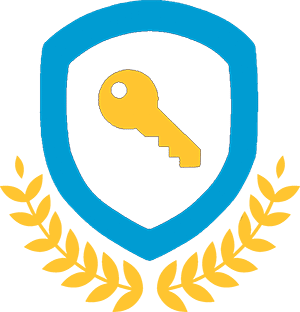In the early morning I presented inside the federal prison in Greenville, IL and I had a wonderful time communicating a message of hope and positivity to the women in the federal prison camp, and the men in the medium-security prison.
November 3, 2022
Dear Members of our Community,
On this third day or our 17-day prison-reform trip, I woke early, eager to return to a federal prison. I rented the car last night, but to avoid the $30 overnight parking fee that the hotel wanted to charge me, I left the car in the lot at the car rental agency. At four this morning, I jogged from the hotel to the agency to retrieve the car, then drove it back to park on the street in front of the hotel in Clayton, Missouri.
Although the map indicated the trip would only take an hour to drive from St. Louis to the federal prison in Greenville, I wanted to make sure that I didn’t have any delays. At 5:30 am, I began the drive, anticipating that I’d arrive in Greenville with plenty of time before my schedule presentation, at 8:15 am.
By 6:30 am, I parked in front of a coffee shop at Greenville University—a small campus about five minutes away from the federal prison. In the bathroom, I changed from my track suit into slacks, a white shirt, blue tie, and jacket. I could have dressed before leaving my hotel, but I didn’t want to wrinkle my clothes on the drive and wanted to minimize the risk of staining my white shirt with a coffee spill. After years of speaking events, I’m used to clothing changes in small spaces.
With my laptop, I recorded a 60-second video for the tablet providers. With the daily videos, I strive to inspire the people who work through the Prison Professors programs on tablets in jails and prisons. To change how prisons operate, we’ve got to connect with people at every level, helping them see the relationship between today’s decisions and tomorrow’s success. Although I can only visit one prison at a time, through the digital tablets, or through the email messages we sent out, we can reach more than 100,000 people who are serving time in jails and prisons across America.
At 8:00 am, I left the coffee shop and drove to the federal prison. I’m always filled with enthusiasm when opportunities open for me to back inside an institution. It feels as if I’m living my calling, doing what I’m supposed to be doing. After serving multiple decades inside, I feel a genuine responsibility to share the lessons that leaders taught me about using time inside to prepare for success outside.
At the prison’s entrance, I met several staff members, including Warden Williams. I appreciate the welcome that staff members give me. It takes a lot of courage for them to allow a person with a criminal background to return to speak people inside an institution. In some ways, they put their credibility on the line when they allow me to return—especially when I emphasize the purpose of my work.
While I served my sentence, the BOP didn’t put as much emphasis on the importance of preparing for success after release. Today’s climate gives me hope, and the fact that leaders from the Bureau of Prisons are willing to work with me shows that this agency is moving in the right direction—at least from my perspective. Of course, I understand that I have more patience than many people. While going through 9,500 days inside, I learned the power of patience and perseverance.
At the camp, I spoke in the gymnasium, with a few hundred women in attendance. For two hours, I shared my story and helped them understand the journey ahead. I am grateful to have given those women the message we stand behind at Prison Professors. We concluded the two-hour presentation with a Q and A session.
Members of the leadership team invited me to join them for lunch at a local restaurant, and Warden Williams drove with me. During that alone time with leaders of the BOP’s executive staff, I learn a great deal about how the agency is changing and how opportunities are opening.
The First Step Act, as I’ve written many times previously, is the biggest prison reform movement since 1987, when people began serving sentences under the guidelines. Several years will pass, I suspect, before the agency fully implements the will of congress. We may not even see a written policy on how the agency will implement the Earned Time Credit provisions of the First Step Act; we’ve seen a series of unsigned Memorandums or letters, but those will change. In time, we’ll see an official Program Statement. It’s our job to advocate in ways to influence that policy.
After lunch, I returned to present to men serving sentences in the medium-security prison. I welcome every opportunity to share what I learned from serving decades in prisons of every security level, and I always pledge to continue efforts to improve outcomes of the system. But I also ask for help. To succeed in our work toward prison reform, we need people inside to show their commitment to preparing for success upon release.
Tomorrow I’ll board a flight to Boston, where I’ll meet three senior leaders from US Probation. Our team understands the panoply of problems that accompany our nation’s commitment to mass incarceration—and through these little steps, we work to make changes.
Advocacy, remember, is a long-term commitment, requiring patience, persistence, and perseverance. I’ll continue doing my part, and I’ll ask the members of our community to do theirs.
With respect to the people inside, I send my regards.
Sincerely,
Michael Santos

